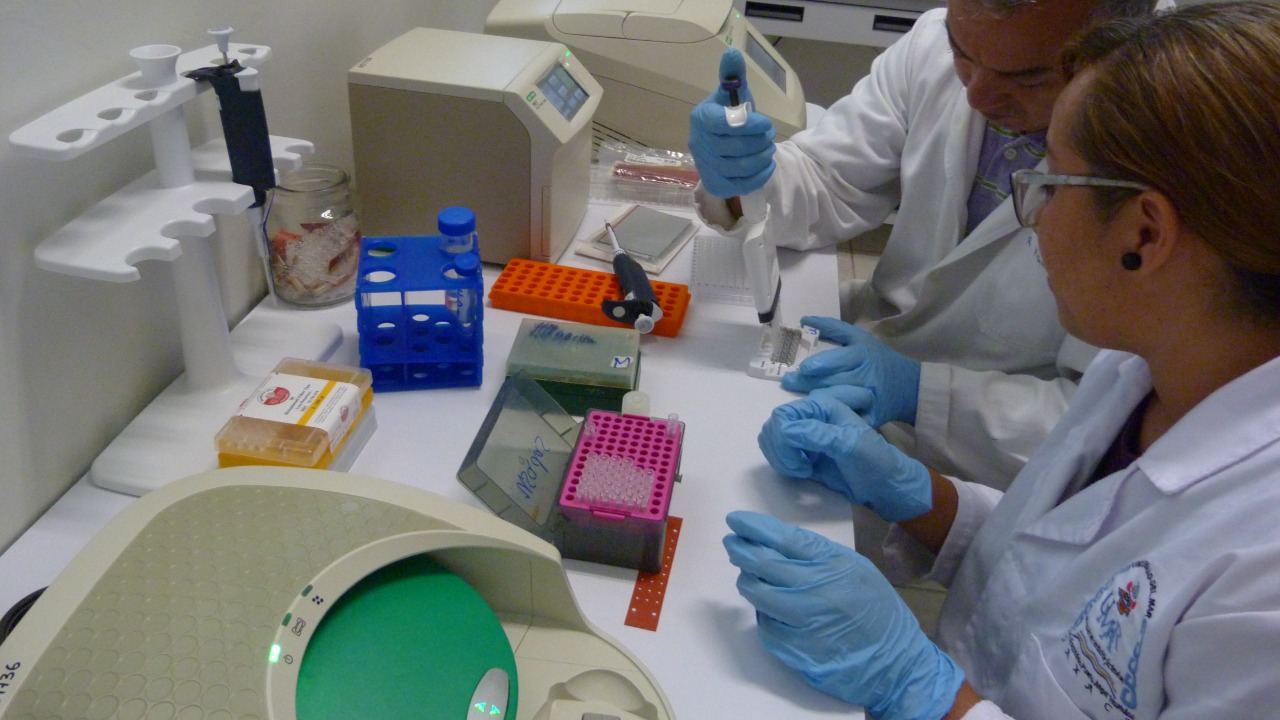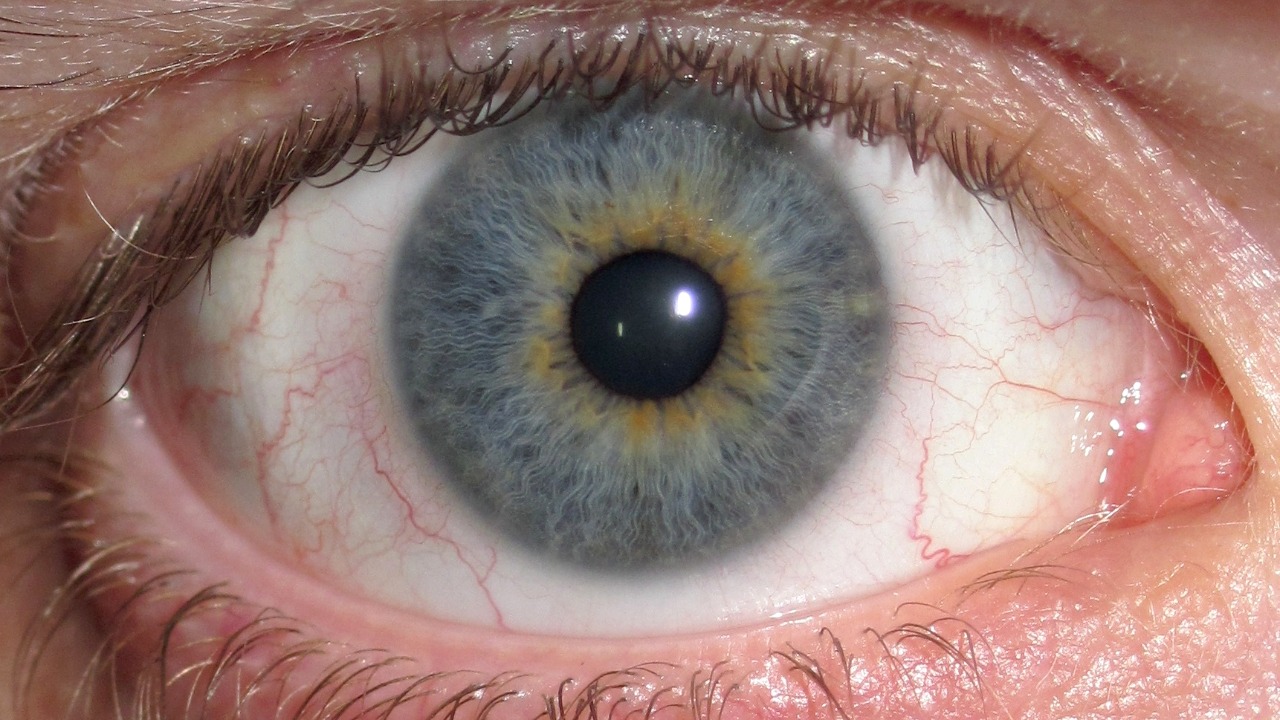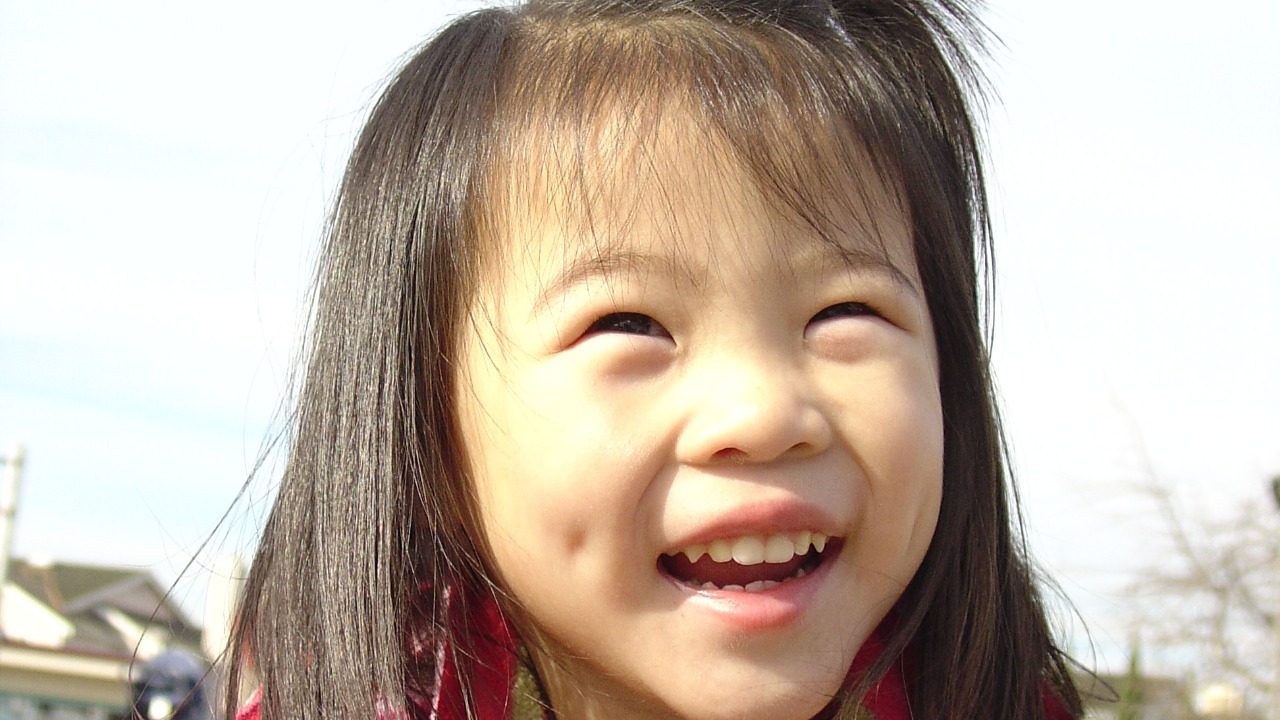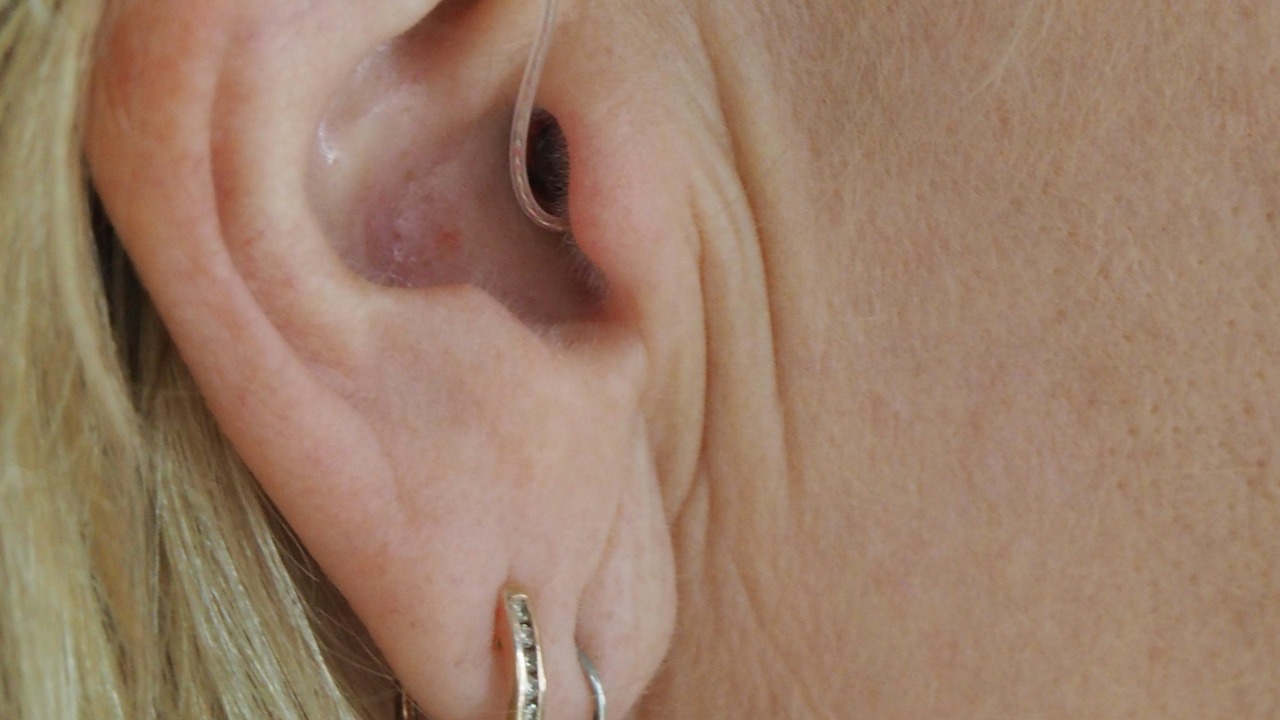
Have you ever wondered what makes you unique? Our genetic makeup is filled with fascinating traits passed down through generations. Some of these traits are so rare that only a small percentage of the population possesses them. Let’s explore six of these intriguing genetic traits that you might have.
Heterochromia

Heterochromia is a captivating genetic trait where a person has two different colored eyes or variations of color within the same eye. This phenomenon occurs due to variations in the distribution of melanin, the pigment responsible for eye color. While it might seem unusual, heterochromia is generally harmless and can even be a stunning feature.
There are different types of heterochromia, including complete, sectoral, and central. Complete heterochromia means each eye is a different color, whereas sectoral involves a segment of one eye being a different color. Want to learn more about how genetic traits arise? Check out this resource on observable genetic traits.
Dimples

Dimples are small indentations on the skin, often appearing on the cheeks when a person smiles. They are considered a dominant genetic trait, meaning if one parent has dimples, there’s a good chance their children will too. The trait results from variations in the underlying facial muscle structure.
Despite their popularity and association with attractiveness, dimples are a genetic anomaly caused by shorter facial muscles. If you’re interested in the science behind genetic inheritance, this protocol might offer some insights.
Widow’s Peak

A widow’s peak is a distinct V-shaped point in the hairline in the center of the forehead. As a hereditary trait, it can often be seen in multiple generations within a family. While some associate it with certain personality traits or superstitions, it is simply a genetic variation.
The widow’s peak is considered an autosomal dominant trait, meaning it can be passed down even if only one parent has it. For more on how genetic traits are inherited, explore this article on genetic inheritance.
Freckles

Freckles are small, concentrated spots of melanin on the skin, often appearing after exposure to sunlight. These charming spots are more common in individuals with lighter skin tones and are influenced by genetic factors.
The presence of freckles is often linked to variations in the MC1R gene, which affects skin pigmentation. If you’re curious about how genetic variations influence traits like freckles, this study offers an in-depth look at genetic influences on pigmentation.
Red Hair

Red hair is one of the rarest hair colors in the world, occurring in approximately 1-2% of the global population. This striking hue is often associated with the MC1R gene and is a recessive trait, meaning both parents must carry the gene for a child to have red hair.
Redheads often have unique characteristics, including a higher sensitivity to pain and a propensity for freckles. For more information on the genetic foundations of red hair and other traits, explore this research article.
Attached Earlobes

Attached earlobes are where the earlobe is directly connected to the side of the head, without a free-hanging lower section. This trait is determined by genetics and is considered a recessive trait.
The genetics of earlobe attachment are still a topic of study, with various factors potentially influencing this characteristic. Understanding the genetic basis for traits like attached earlobes can provide insights into the complexity of human genetics. For a comprehensive overview of observable genetic traits, visit this page.